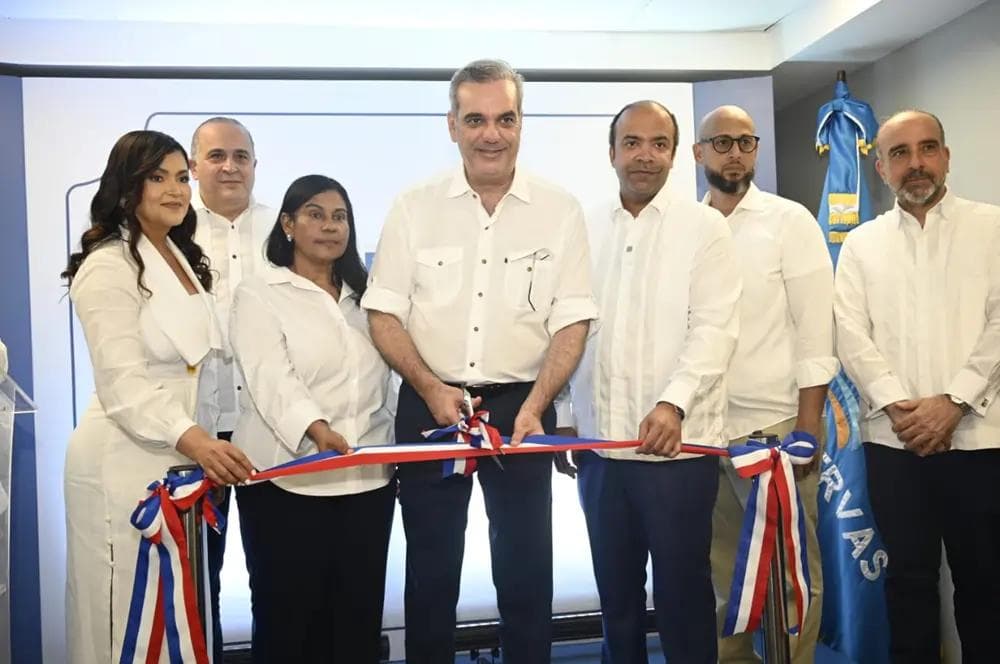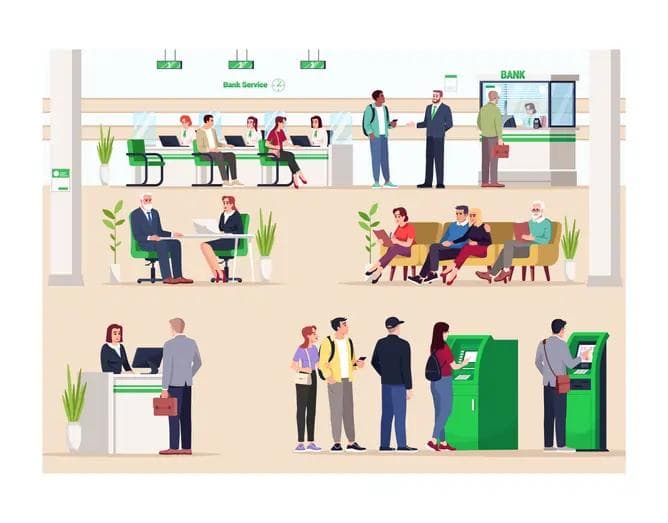BANK ON US: HOW THE UK’S FINANCIAL SECTOR IS RACING AHEAD WITH THE ACCESSIBILITY AGENDA
BANK ON US: HOW THE UK’S FINANCIAL SECTOR IS RACING AHEAD WITH THE ACCESSIBILITY AGENDA
Published by Gbaf News
Posted on July 27, 2016

Published by Gbaf News
Posted on July 27, 2016

Article bylined to Terry Hawkins, head of business to business solutions at RNIB (Royal National Institute of Blind People) and RNIB Approved, the credit mark for accessible products and services.
By 2050, the UK’s blind and partially-sighted population is forecast to double to almost four million. An aging population is contributing to the number of people living with sight loss and is showing no signs of slowing down. As a result, it’s never been as important to ensure products and services are accessible and inclusive to all users.
While there is now a greater need for accessible goods and services, few companies are properly investing into adapting their offerings. However, there is one industry that is racing ahead of the others: the financial services sector, which is leading the innovation race in developing more accessible products and services.
How the banking sector is leading the accessibility revolution…
Last year, RBS was the first bank to introduce accessible bank cards – cards with tactile features to help blind and partially sighted people better use them – accredited by RNIB. Barclays has also made strides with its accessible ATMs – thousands of its ATMs across the UK now have speech output. And whilst Barclays lead the way on this, all high street banks are now following suit. Like Barclays, Nationwide also has nearly 100% coverage across the UK now. The Bank of England also joined the revolution last month, with the introduction of accessible bank notes, developed with advice from RNIB.
Seeing things from a different perspective
Clearly, organisations in the sector are recognising the importance of addressing the accessibility issues that have long presented barriers to disabled users. And for organisations thinking about following suit, it would be wise to first consider the main challenges that blind and partially-sighted consumers often face when it comes to accessing financial products and services. So, we’ve collated some of the issues our customers most often face, and advised how businesses might go about tackling them:
Become accessible or be left behind…
Considering the above points is a good starting point for banks wanting to brush up on accessibility. As consumers are given access to a wide range of products and services, making them accessible to all will become even more crucial in an increasingly competitive marketplace. Blind and partially sighted customers should be able to access and exchange money easily, in a safer manner, just like anyone else could, and the banks that recognise this will be the ones that come out on top.
Article bylined to Terry Hawkins, head of business to business solutions at RNIB (Royal National Institute of Blind People) and RNIB Approved, the credit mark for accessible products and services.
By 2050, the UK’s blind and partially-sighted population is forecast to double to almost four million. An aging population is contributing to the number of people living with sight loss and is showing no signs of slowing down. As a result, it’s never been as important to ensure products and services are accessible and inclusive to all users.
While there is now a greater need for accessible goods and services, few companies are properly investing into adapting their offerings. However, there is one industry that is racing ahead of the others: the financial services sector, which is leading the innovation race in developing more accessible products and services.
How the banking sector is leading the accessibility revolution…
Last year, RBS was the first bank to introduce accessible bank cards – cards with tactile features to help blind and partially sighted people better use them – accredited by RNIB. Barclays has also made strides with its accessible ATMs – thousands of its ATMs across the UK now have speech output. And whilst Barclays lead the way on this, all high street banks are now following suit. Like Barclays, Nationwide also has nearly 100% coverage across the UK now. The Bank of England also joined the revolution last month, with the introduction of accessible bank notes, developed with advice from RNIB.
Seeing things from a different perspective
Clearly, organisations in the sector are recognising the importance of addressing the accessibility issues that have long presented barriers to disabled users. And for organisations thinking about following suit, it would be wise to first consider the main challenges that blind and partially-sighted consumers often face when it comes to accessing financial products and services. So, we’ve collated some of the issues our customers most often face, and advised how businesses might go about tackling them:
Become accessible or be left behind…
Considering the above points is a good starting point for banks wanting to brush up on accessibility. As consumers are given access to a wide range of products and services, making them accessible to all will become even more crucial in an increasingly competitive marketplace. Blind and partially sighted customers should be able to access and exchange money easily, in a safer manner, just like anyone else could, and the banks that recognise this will be the ones that come out on top.
Explore more articles in the Banking category











